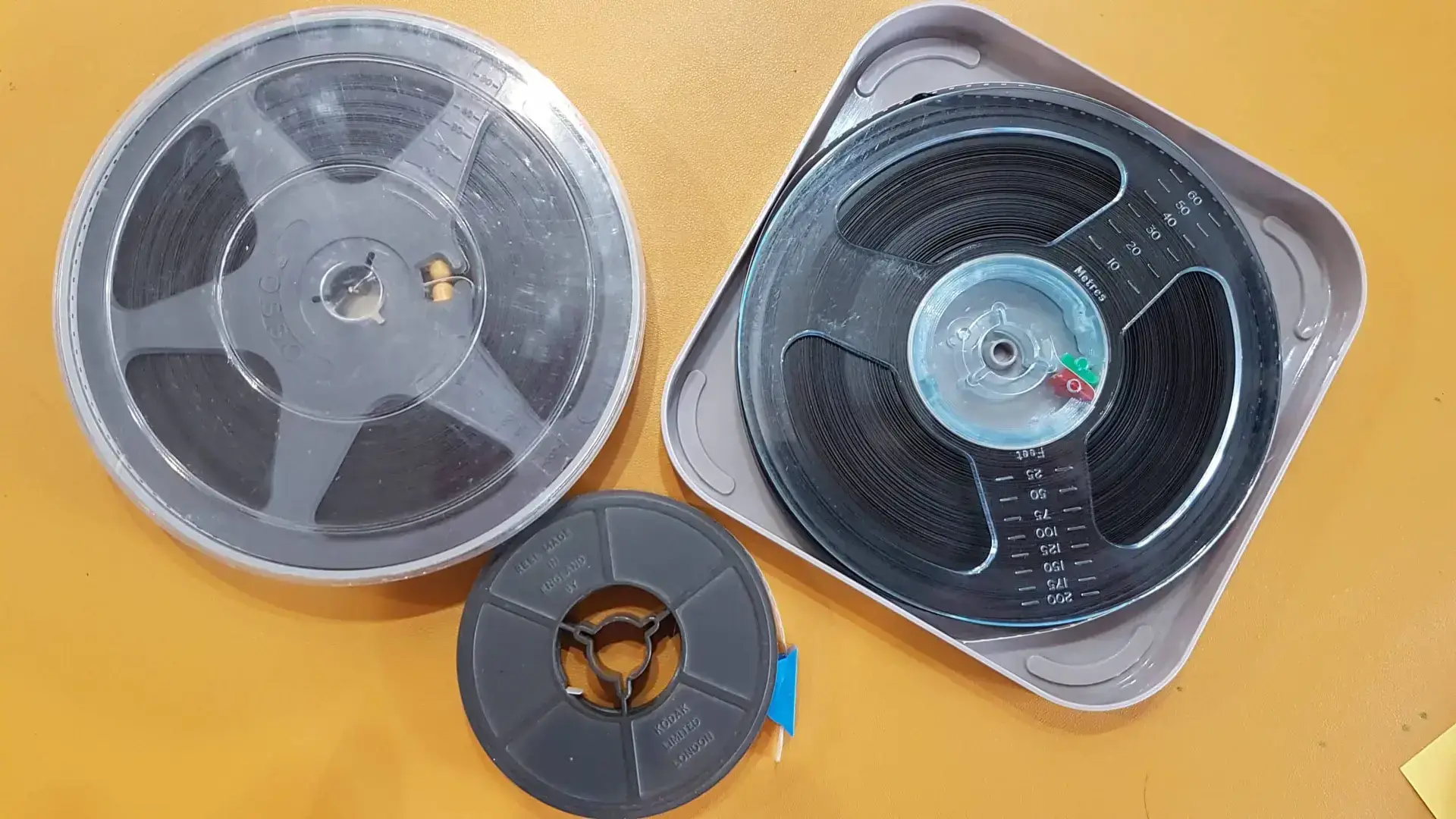


8mm and Super 8 Film Difference – what are they? The 8mm film, or as they call it standard 8mm film or Regular 8,” is a type of film that is commonly used in film cameras. The term 8 millimetres comes from its width, which is 8mm wide. Moreover, this type of camera has become popular, especially since the 1930s, and is widely regarded as one of the most popular sizes of film since then. It also helped that during the Great Depression, it was more practical to buy and use due to its comparatively cheaper price than its predecessor, 16mm film.
Super 8mm film is a type of film that is very similar to 8mm film, although there are a lot of differences that you can notice, especially when you have knowledge or expertise when it comes to films. It is also 8 millimetres wide.
In comparison, one of the major differences between the 8mm film and the Super8mm film is the packaging. Typically, in 8mm film, the person operating the camera must stooped the film, which must be manually rolled up. When using this film, you have to put a little more effort into ensuring that it is taut and feeding into the camera correctly and perfectly.
Moreover, 8mm film is a more precise type of film, which is why the person who is using it must be knowledgeable and experienced to maximise the features of this particular film. And this is the exact reason why the Eastman Kodak was able to innovate and develop an alternative in moviemaking.
Meanwhile, the super 8mm film features an easy-to-use cartridge that fits right into compatible cameras. This film is easier and faster to load compared to 8mm film. It is made to be developed and transported conveniently. Since it has a feature that makes winding and loading easy, it can be played easily on a projector.
For film that you can use every day without hassle, then Super 8 is for you. But if you are an aficionado or professional, then regular 8 or 8mm film is best for your needs.
The Super 8 and 8mm have differences in their appearance as well as their use. The Super 8 film has a slightly larger frame size compared to the 8mm. The standard 8mm film has a frame size of around 4.5mm by 3.3mm, and the super 8mm has a frame size of about 5.8mm by 4.01mm.
The sprocket holes are the square holes in the film that help with the feeding of film into the projectors and cameras. They are usually visible at the edges of each frame.
Compared to 8mm film, the Super 8 has smaller sprocket holes. Aside from that, it usually has a thin, rust-coloured strip in the film in the middle of the edge in the film and image area.
During the 1980s, the popularity of other streaming or filming devices like the VHS increased. The quality of 8mm and Super 8 film is what led to their decline. The continuous pursuit of innovation and the desire of the people in the industry to provide good quality images and videos led to the development of different equipment.
Moreover, digital video has notably gained a better quality of frames per second, or fps, which eventually became the format for home filmmakers and professional motion pictures.
To experience the 8mm film, it will be very difficult for you since it’s hard to find 8mm projector‘s. The best thing to do is to have your films digitised, making your films last forever. Due to the new digital format of 8mm or Super 8 video, it is easier to store and play. So if you’re looking for super 8 film to digital uk, be sure to chose business’ with the best equipment.
To conclude, even though they are relatively the same due to their having the same size of eight millimetres wide. As well as pros and cons in terms of their usage and other features that the user considers. More importantly, both of these films made the industry more engaging and innovative. Also well as elevating the experience of watching videos at home.
Want to know more about vintage video formats?
Here at Supaphoto we are happy to help and immortalise your memories through our digitisation services!